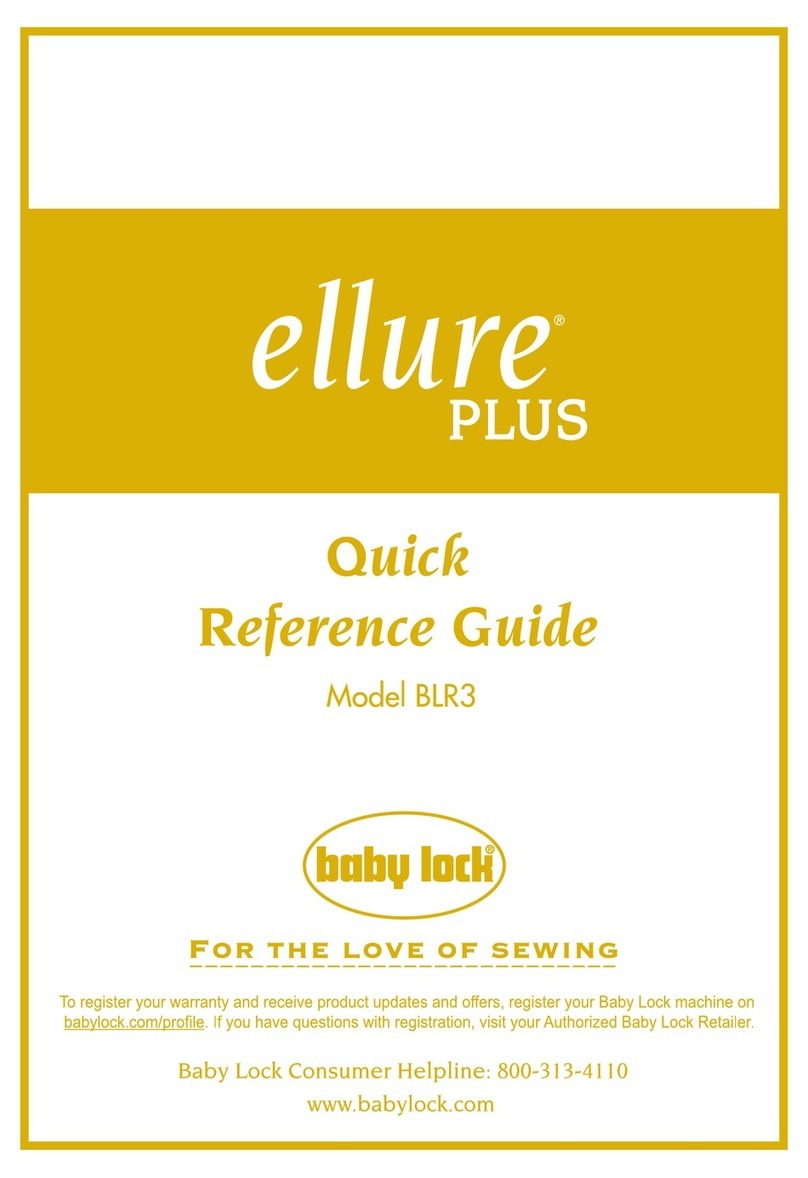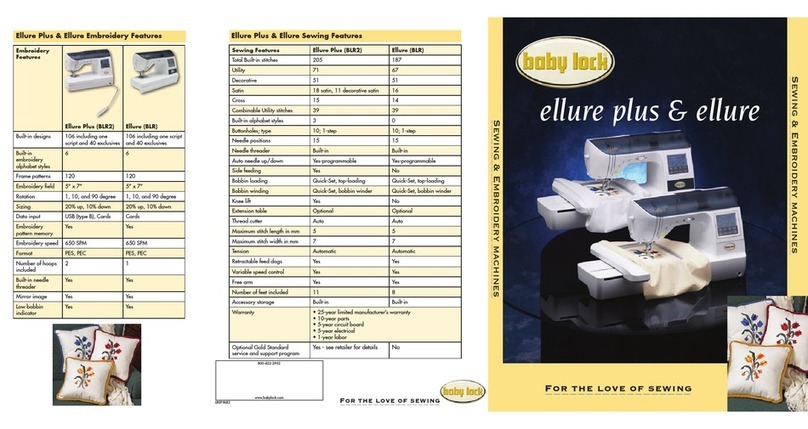Baby Lock BL3-407 User manual
Other Baby Lock Sewing Machine manuals
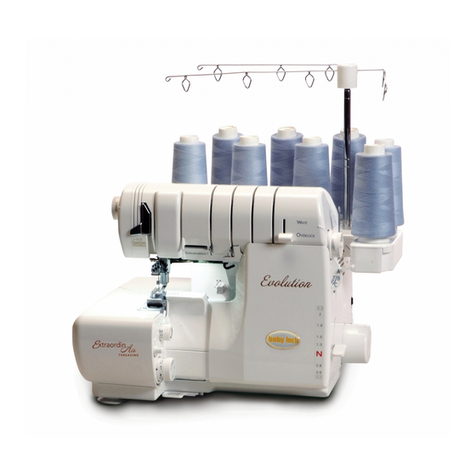
Baby Lock
Baby Lock Evolution BLE8W-2 Technical manual
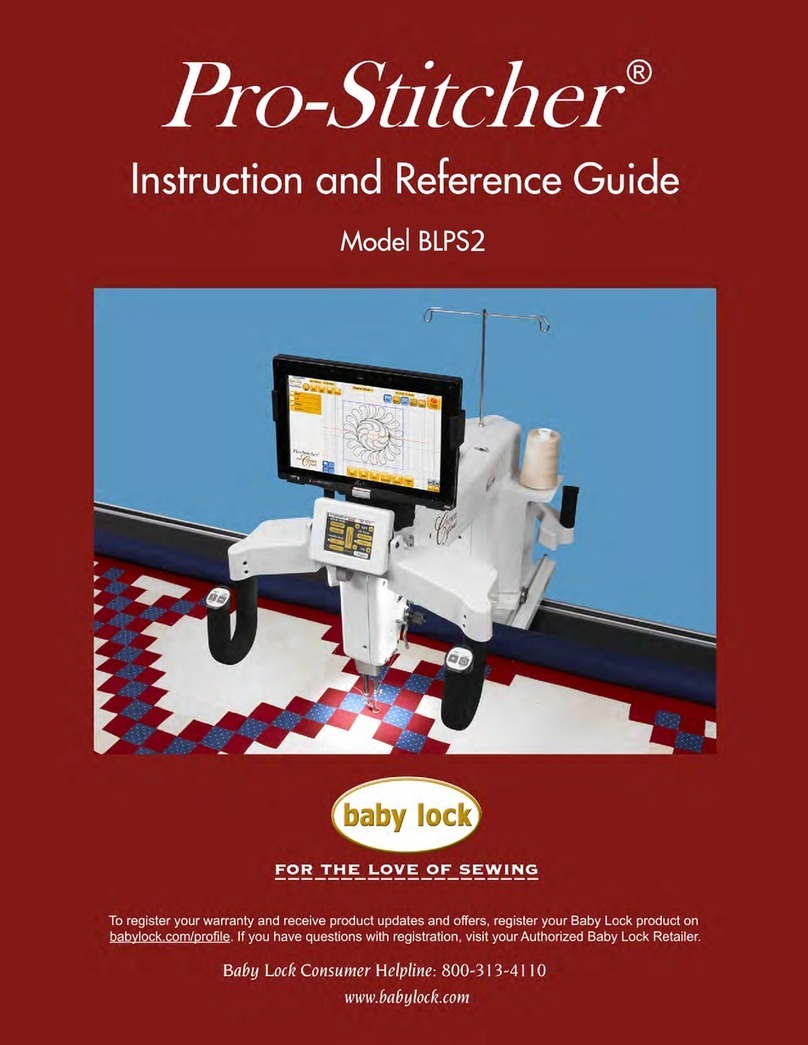
Baby Lock
Baby Lock Pro-Stitcher BLPS2 Technical manual
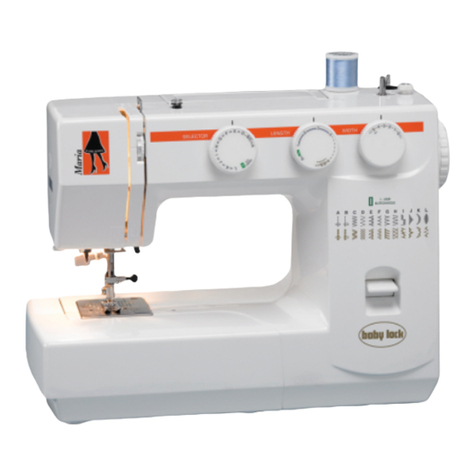
Baby Lock
Baby Lock A_LINE Maria BL23A Assembly instructions

Baby Lock
Baby Lock BLRG20ST Reference guide

Baby Lock
Baby Lock Decorator's Choice BLDC2 Technical manual

Baby Lock
Baby Lock Celebrate BLS1 Technical manual
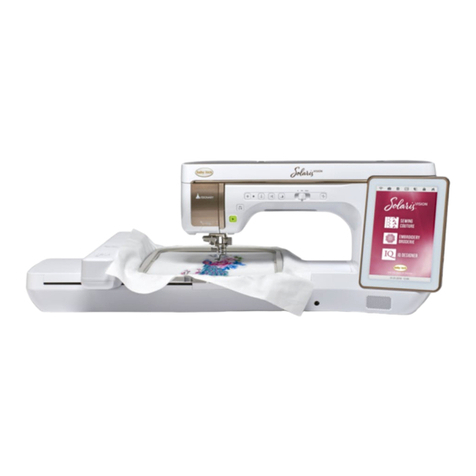
Baby Lock
Baby Lock Solaris VISION BLSA3 Technical manual

Baby Lock
Baby Lock GOLD Ellisimo II BLSOG2 Installation and operating instructions

Baby Lock
Baby Lock Acclaim BLES4 Technical manual

Baby Lock
Baby Lock Jazz BLMJZ Technical manual
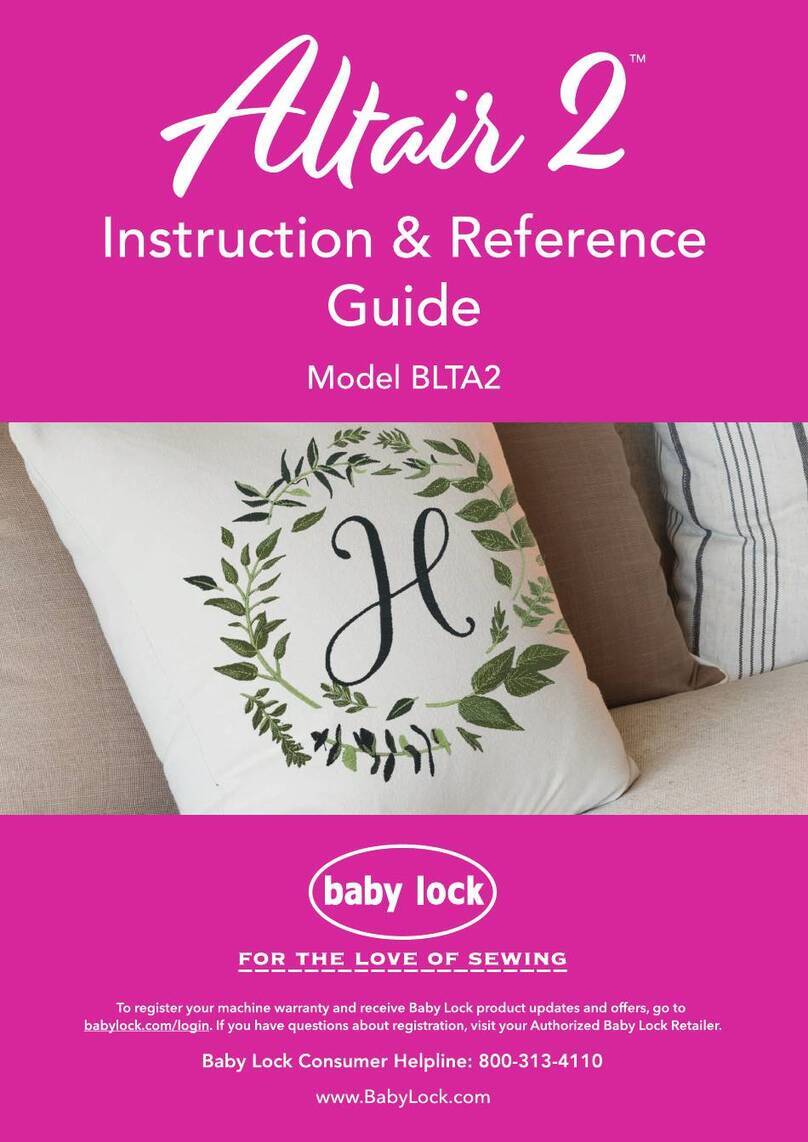
Baby Lock
Baby Lock Altair 2 User manual

Baby Lock
Baby Lock Solaris 2 User manual

Baby Lock
Baby Lock Ellageo BLL Technical manual
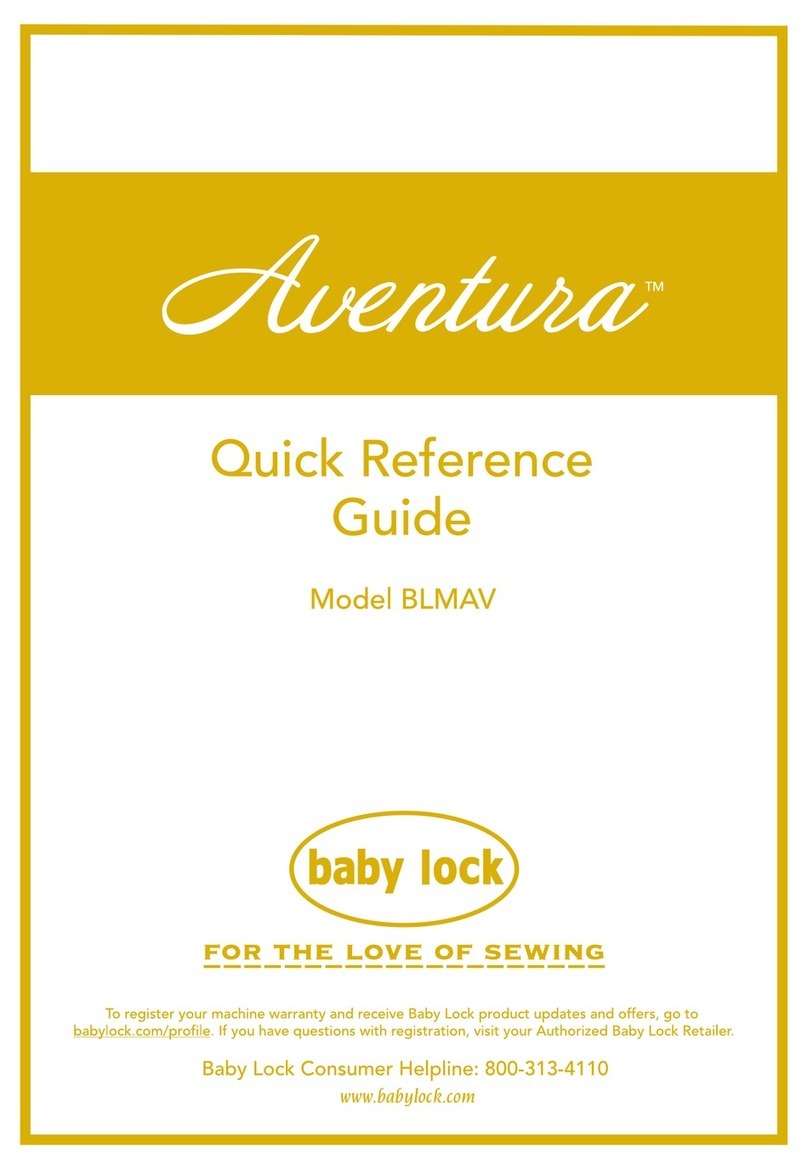
Baby Lock
Baby Lock Aventura BLMAV User manual

Baby Lock
Baby Lock Victory BLS3 Technical manual

Baby Lock
Baby Lock Ellegante2 BLG2-NZ Technical manual

Baby Lock
Baby Lock Elageo Configuration guide
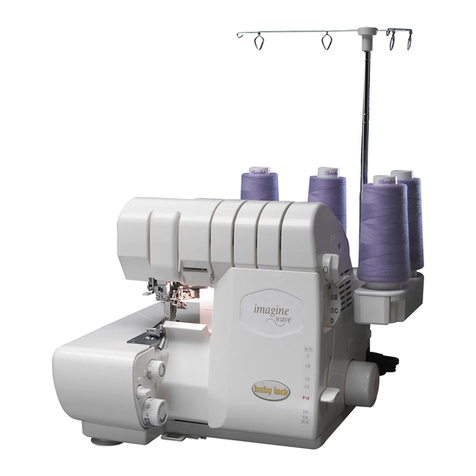
Baby Lock
Baby Lock imagine wave BLE3ATW User manual
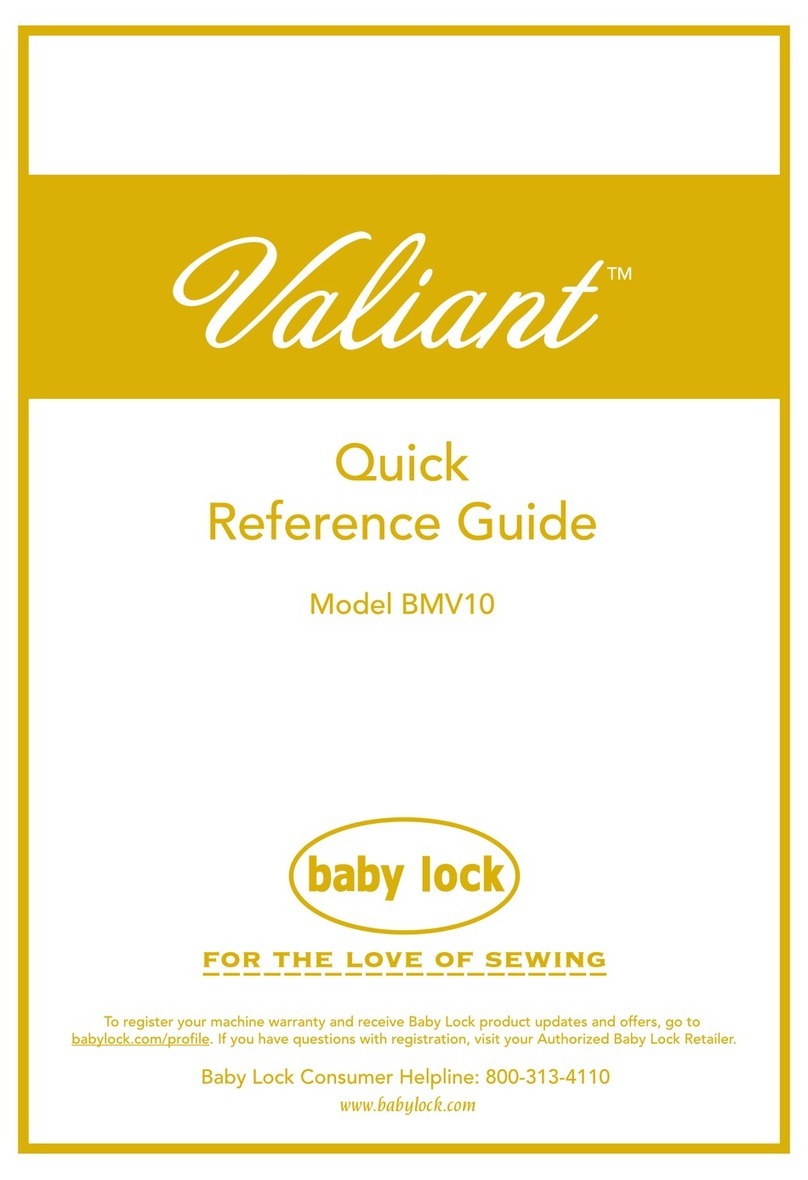
Baby Lock
Baby Lock Valiant BMV10 User manual
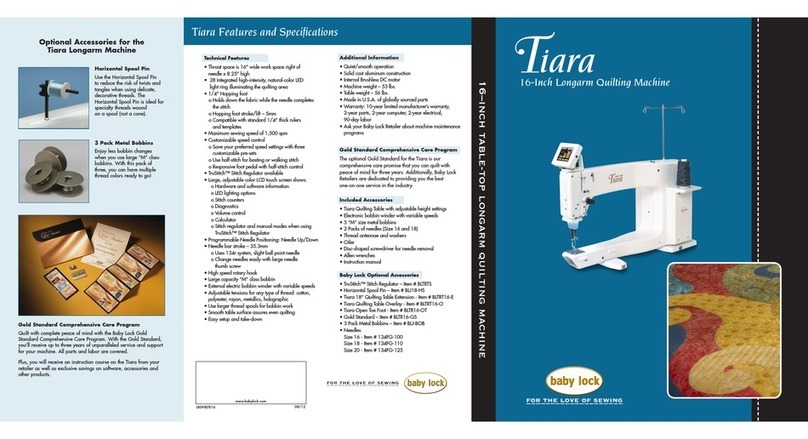
Baby Lock
Baby Lock Tiara Configuration guide
